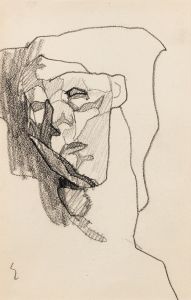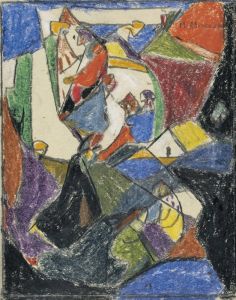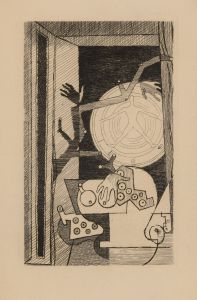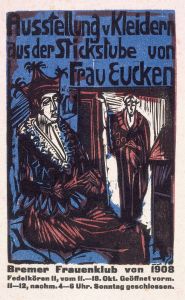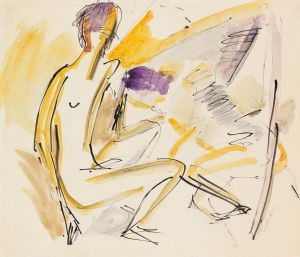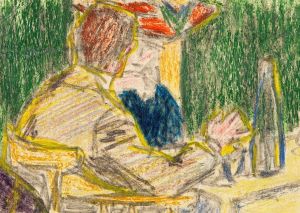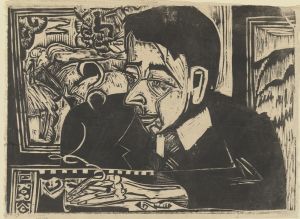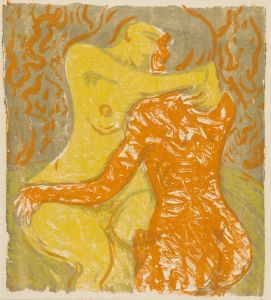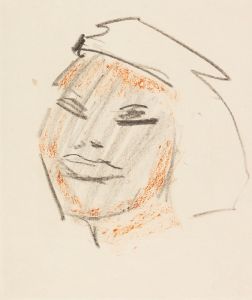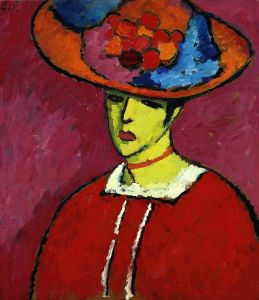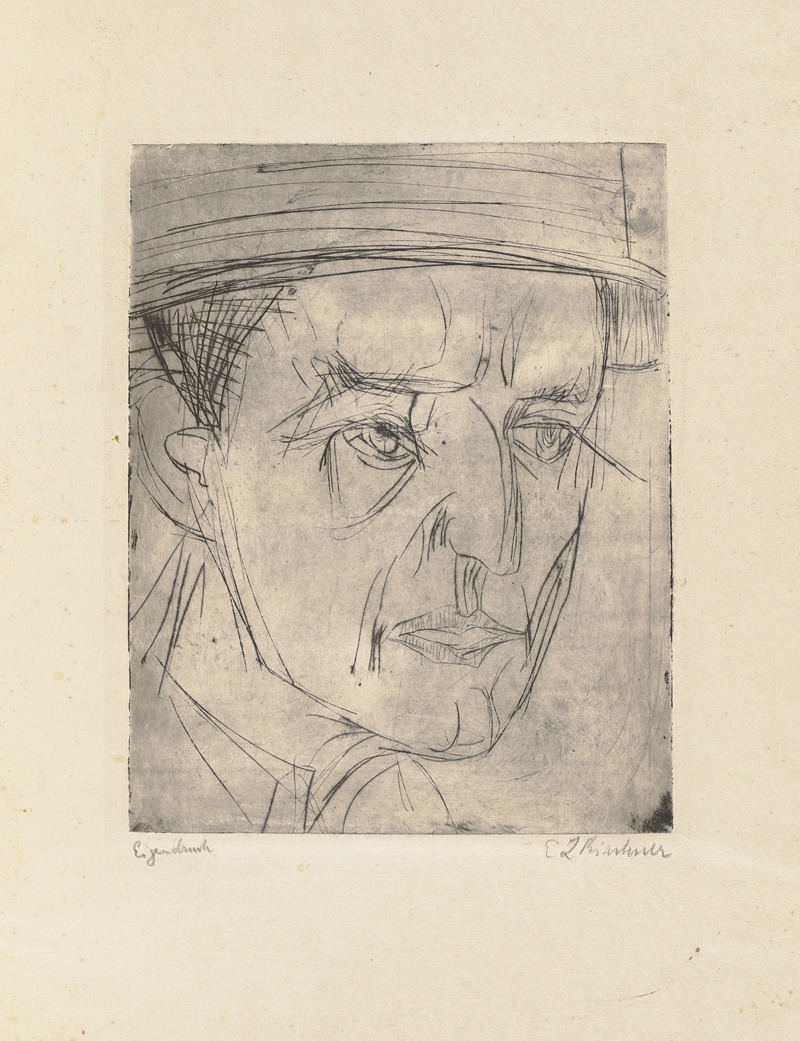
Kopf Dr. E. Grisebach
A hand-painted replica of Ernst Ludwig Kirchner’s masterpiece Kopf Dr. E. Grisebach, meticulously crafted by professional artists to capture the true essence of the original. Each piece is created with museum-quality canvas and rare mineral pigments, carefully painted by experienced artists with delicate brushstrokes and rich, layered colors to perfectly recreate the texture of the original artwork. Unlike machine-printed reproductions, this hand-painted version brings the painting to life, infused with the artist’s emotions and skill in every stroke. Whether for personal collection or home decoration, it instantly elevates the artistic atmosphere of any space.
Ernst Ludwig Kirchner was a prominent German expressionist painter and one of the founding members of the influential art group Die Brücke (The Bridge), which played a crucial role in the development of modern art in the early 20th century. Kirchner's work is characterized by its bold use of color, dynamic compositions, and emotional intensity. Among his diverse body of work is the painting titled "Kopf Dr. E. Grisebach."
"Kopf Dr. E. Grisebach" is a portrait that exemplifies Kirchner's expressionist style. The painting is a depiction of Dr. Eduard Grisebach, a notable figure in the cultural and intellectual circles of early 20th-century Germany. Dr. Grisebach was a literary historian and critic, known for his work on German literature and his connections with various artists and intellectuals of the time. The portrait captures not only the physical likeness of Dr. Grisebach but also seeks to convey his intellectual presence and character through Kirchner's distinctive artistic approach.
Kirchner's technique in "Kopf Dr. E. Grisebach" involves the use of vibrant colors and bold brushstrokes, which are hallmarks of the expressionist movement. This style aims to evoke emotional responses and convey deeper psychological insights rather than simply replicating the subject's physical appearance. The painting reflects Kirchner's interest in exploring the inner life and emotional states of his subjects, a common theme in his portrait work.
The context in which Kirchner created this painting is significant. During the early 20th century, Germany was experiencing rapid social and cultural changes, and artists like Kirchner were at the forefront of exploring new artistic expressions that broke away from traditional forms. Die Brücke, the group Kirchner co-founded, sought to create a bridge between the past and the future of art, emphasizing the importance of individual expression and the subjective experience of reality.
Kirchner's work, including "Kopf Dr. E. Grisebach," was influenced by various sources, including African and Oceanic art, which he admired for its perceived authenticity and emotional power. This influence is evident in his use of simplified forms and expressive lines, which contribute to the dynamic quality of his portraits.
Throughout his career, Kirchner faced numerous challenges, including the impact of World War I and the subsequent political and social upheavals in Germany. Despite these difficulties, he continued to produce a significant body of work that has left a lasting impact on the art world. His contributions to expressionism and modern art are widely recognized, and his paintings are held in major collections around the world.
"Kopf Dr. E. Grisebach" remains an important example of Kirchner's portraiture, showcasing his ability to blend form, color, and emotion to create compelling and thought-provoking works of art. The painting not only serves as a representation of Dr. Grisebach but also as a testament to Kirchner's innovative approach to capturing the essence of his subjects through the lens of expressionism.





